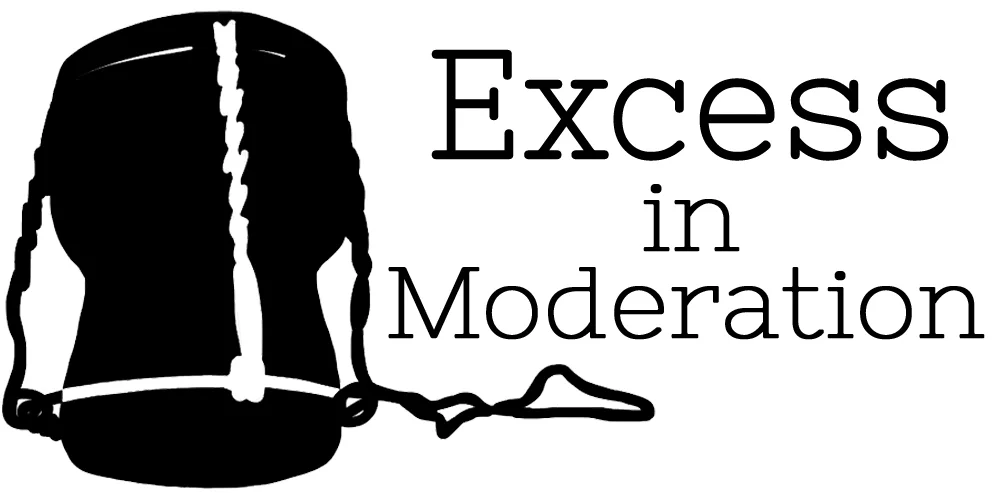Bad News: Your Hair Products Are Probably Expired
This story originally appeared on Allure.
Whether it's a gallon of milk or our favorite eau de parfum, we take expiration dates seriously. After all, just as past-its-prime food can make you sick, past-their-prime beauty products can be at best ineffective and at worst moldy, irritating, and full of enough bacteria to give even the bravest of us the heebie-jeebies. What you may not realize, though, is that there's a whole other segment of your beauty routine that you may have been leaving out to spoil—your hair products.
Unlike food, the FDA doesn't require expiration dates on makeup, skin, or hair products. That doesn't mean you're on your own when it comes to figuring out if your mousse is past its prime. Many skin-care and makeup brands opt to include a Period After Opening (PAO) mark on their packaging to indicate how long the product will remain fresh after the first use, and lots of hair-care brands have followed suit. To find the PAO mark, look on your product's label for a small drawing of a container marked with a number and the letter M, typically on the back in the lower right-hand corner. The number is an estimate of how many months the product will maintain its quality after it's been opened for the first time.
No PAO mark on your favorite shine serum? No problem. Many of the same guidelines for figuring out the freshness of your makeup and skin-care products carry over to their hair-loving counterparts. Texturizing spray taken on a funky smell? Toss it. That dollop of conditioner looks separated or curdled? To the trash! And anything that you've been hanging on to for more than three years (like that one shampoo that's been hanging out in your old bathroom at your parents' house since high school) is better off headed for the eternal medicine cabinet in the sky. (If you really loved it that much, you'd have used it up by now.)
Of course, some products are more resilient than others. Anything that comes in an aerosol can, particularly if it contains alcohol (think hair spray, dry shampoo, mousse) has a pretty serious shelf life because of its limited exposure to air. Meanwhile products that regularly see the light of day (or the bacteria-carrying touch of human fingers)—i.e., anything in a jar, like pomades, gels, and styling creams—is going to spoil more quickly. Ingredients and texture also make a difference: Oils will naturally go rancid within two to three years, and products with a high water content are good breeding grounds for rash- and irritation-causing mold and fungus (ick!).
Most importantly, the environment your products are kept in can make a big impact on their staying power. Warm, high-humidity locales (like, say, your bathroom) encourage spoilage, as does anywhere with lots of exposure to light. That doesn't mean you have to banish your conditioner to the hall closet between showers; just resist the urge to ration out that splurge-y shampoo through the next presidential election. For anything that lives in the built-in sauna of your shower, it's use it or lose it.
After all of that, if you're still not sure whether your hair products have gone the way of last month's lunch meat, apps like Beauty Keeper can help you look up the lot number on your product to find out when it was made and keep track of when things are set to expire. And if all else fails: When in doubt, throw it out!
